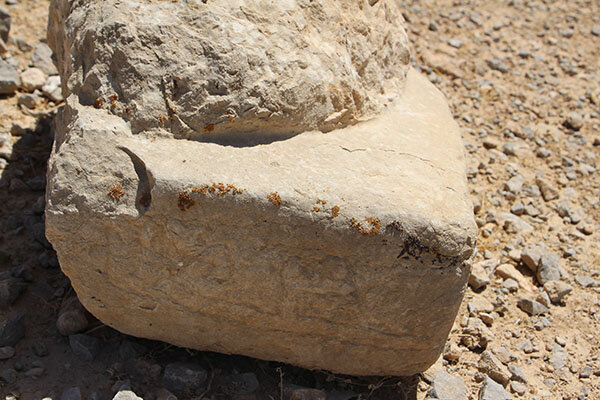INSUBCONTINENT EXCLUSIVE:
monuments in the village of Faruq when a piece of stone attracted my attention
the column base dates back to the Sassanid era, Aria said.The object has been surrendered to the museum of the UNESCO-registered Persepolis,
They are mainly known from Persepolis, where the massive main columns have a base, fluted shaft, and a double-animal capital, mostly with
bulls.The Sassanid era is of very high importance in the history of Iran
Under the Sassanids, Persian architecture and the arts experienced a general renaissance
Architecture often took grandiose proportions, such as palaces at Ctesiphon, Firuzabad, and Sarvestan, which are amongst the highlights of
the ensemble.Generally, a Sassanid archaeological landscape represents a highly efficient system of land use and strategic usage of natural
topography in the creation of the earliest cultural centers of the Sassanid civilization.In 2018, an ensemble of Sassanian historical cities
The ensemble comprises eight archaeological sites situated in three geographical parts of Firuzabad, Bishapur, and Sarvestan.The World
Heritage reflects the optimized usage of natural topography and bears witness to the influence of Achaemenid and Parthian cultural
traditions and of Roman art, which later had a significant impact on the architecture and artistic styles of the Islamic era.Apart from
architecture, crafts such as metalwork and gem-engraving grew highly sophisticated, yet scholarship was encouraged by the state
In those years, works from both the East and West were translated into Pahlavi, the language of the Sassanians.AFM

